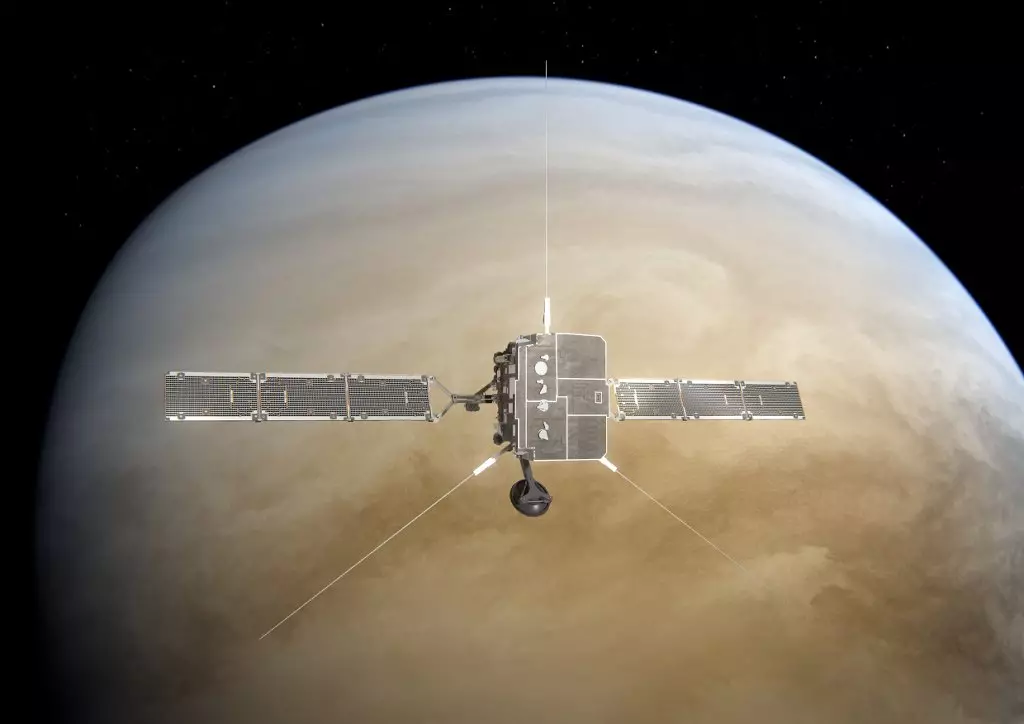
Launched in February 2020, the European probe for studying the SOLAR ORBITER Sun on the way to orbit, where he will have to work, there must be several gravitational maneuvers. Thanks to these "tricks" around the Earth and Venus, the spacecraft will be able to economically change its trajectory.
In particular, the first such maneuver was performed on December 27 near Venus. As a result, the outer orbiter orbit of the SOLAR ORBITER has changed. Similar operations when performing without the use of the gravity of other celestial bodies, but only with their own engines, are one of the most resource-intensive in space flights.
During the flight at the close distance from Venus Solar Orbiter was to maintain the orientation of the cameras in the sun, so the shooting of the planet was not produced. But other probe devices worked - magnetometer, tools for studying radio signals and plasma, as well as detectors of charged particles.
According to the official Twitter account of the experiment of the European Space Agency (ESA) on the study of magnetic fields of the Sun (MAG), the data from the first tool scientists have already received. In the coming months, they will be analyzed in detail - this will refine the characteristics of the magnetosphere of Venus.
The Solar Orbiter probe was created by ESA in collaboration with NASA and is designed to explore the Sun. The feature of the mission is an elongated orbit with a pericenter of 0.28 astronomical unit (closer than Mercury) and the Apotenter at 0.91 Astronomical Unit from the Star. It is also interesting toletion - 24 degrees - which will allow the device to seize the pole of the sun in the "field of view". To access such an orbit, Solar Orbiter will make several gravitational maneuvers near the earth and Venus for 3.5 years of flight.
Despite the fact that the device has not yet entered the target orbit near the Sun, its main mission began. Solar Orbiter not only sent new star pictures, but also managed to study unplanned objects. At the end of the last spring, the probe crossed the gas, and then the dust tails of the collapsed comet C / 2019 Y4 (ATLAS).
Initially, such a meeting was not planned, but after clarifying the parameters of the orbit of comets, scientists were delighted with an unexpected chance to learn. The devices of the device were calibrated in advance for maximum efficiency when performing a non-standard task, and unique data managed to successfully collect.
Source: Naked Science
